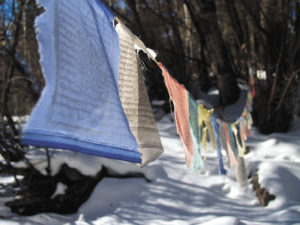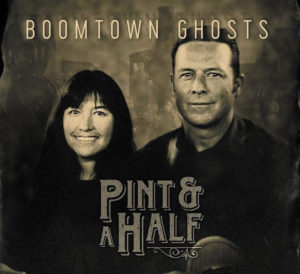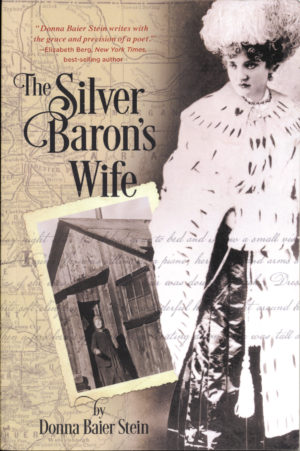By Mike Rosso
I just finished watching PBS’s three-part series, The Great War, about the first large-scale, post industrial global war. It was quite an eye-opener. I’ve been fascinated by that devastating conflict since reading All Quiet on the Western Front by German World War I veteran, Erich Maria Remarque.
Growing up in the sixties, we saw plenty of movies and TV shows about World War II. Names like Iwo Jima, D-Day, Auschwitz and Hiroshima are embedded deep in our collective consciousness. We were all products of that conflict. But there wasn’t a lot of interest in the Great War and it was given short shrift in history classes. Also, the Vietnam War was in blowing up on our living room TV screens nightly.
My dad Tony, who recently turned 95, flew C-47 troop carriers with the First Pathfinder Group in WWII, dropping soldiers over enemy lines in Germany. His uniform, medals and other war paraphernalia lived in the dusty attic for years and represented only one degree of separation between myself and that conflict.
Remarque’s novel woke me up to the horrors of The Great War. Tanks and machine guns replaced horses and wagons. Death now came from the sky, in the form of aerial combat and the first ever use of chemical weapons such as the horrific mustard gas and flame throwers. The deadly battles on the Western Front were those of attrition, with soldiers on both sides dug into trenches with constant artillery bombardments exploding above, around and on top of them for weeks, and sometimes months at a time. The term “shell-shocked” is an unfortunate by-product of that war.
The saying “no man’s land” came about to describe the barren, devastated landscape in between the battling armies, choked with razor wire, bomb craters, shredded forests, blood and corpses. The total number of deaths attributed to the war was about 11 million soldiers and 7 million civilians. The total number of military and civilian casualties was more than 38 million.
At first, the U.S. citizenry and politicians were extremely hesitant and unwilling to join the conflict raging on the other side of the Atlantic. The war was actually helping its own struggling economy as many of the arms for the Allies were manufactured here, but there was no taste domestically to enter the conflict and to shed blood.
[InContentAdTwo] In fact, President Woodrow Wilson ran for reelection on an antiwar platform, vowing never to enter the conflict. His campaign slogan was “He Kept Us Out of War,” but the sheer numbers of casualties and the horror stories of the German Hun soldier’s barbarity found their way onto newsreels in movie theaters across the country. But it was the German submarines which were sinking ammo-bearing American cargo ships outside of France and England that stirred up the industrialists and the president himself who began to put the country on a war footing.
A Progressive politician, Wilson managed to turn the mood of the country towards the inevitability of joining the deadly European conflict through sheer force of personality – and a heavy dose of propaganda. Eventually he lobbied Congress for what would become the Espionage Act of 1917 and the Sedition Act of 1918, suppressing anti-draft activists. Both were used in brutal fashion to stifle basic rights at home. The lack of tolerance for dissent was unmatched in our nation’s history, even post-9/11.
It was to be the “war to end all wars,” but that was not the case. Only 20 years after its conclusion, Hitler invaded Poland on his way to France, sparking another global conflagration.
At some point, I hope to research and write about how the Great War impacted life in Central Colorado. Were the mines, trains and smelters used to help the armaments industry? How many of our “boys” were drafted into the conflict? How many were jailed for resisting?
Given the current uncertain state of world politics, George Santayana’s quote reads like a chilling foreboding, “Those who cannot remember the past are condemned to repeat it.”



